On Feb 23, the US FAA re-issued its warning for overflights of Mali, with one essential difference:
It is now dangerous to overly Mali’s airspace at all levels, not just below FL260.
Here is what the new KICZ Notam says:
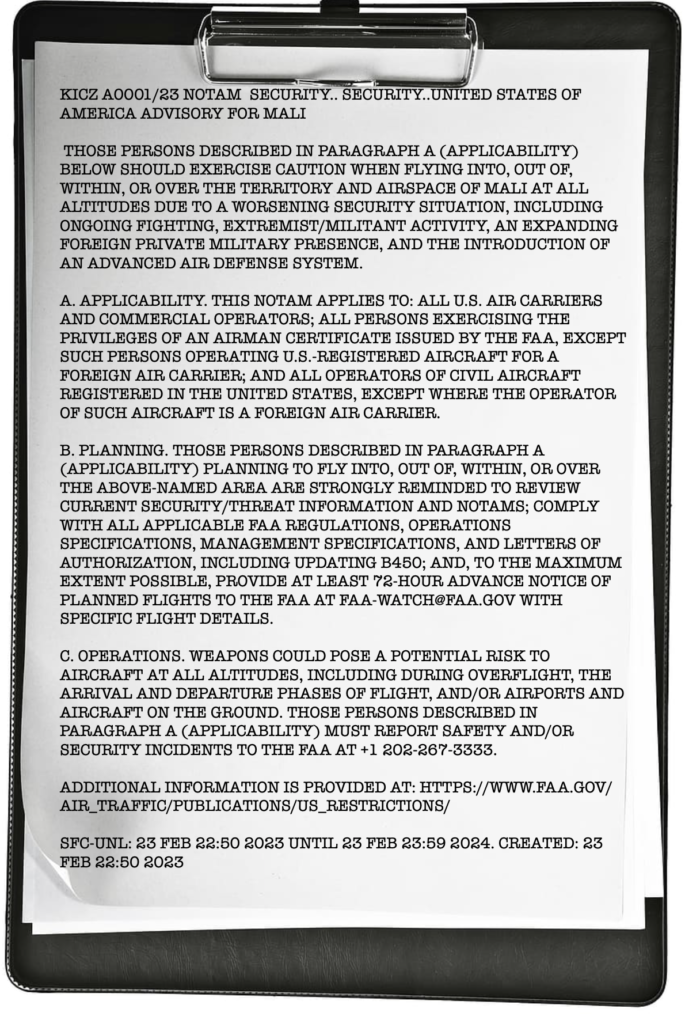 So what’s changed there, and why is the FAA so concerned?
So what’s changed there, and why is the FAA so concerned?
The Stage
Mali is a large land locked country in Central Western Africa and borders several states including Niger, Algeria, Mauritania, Guinea and Burkina Faso.
Several major high altitude airways run through the country facilitating traffic both north and south, and east and west. They are major thoroughfares through the heart of Africa, which is why this new warning is significant.
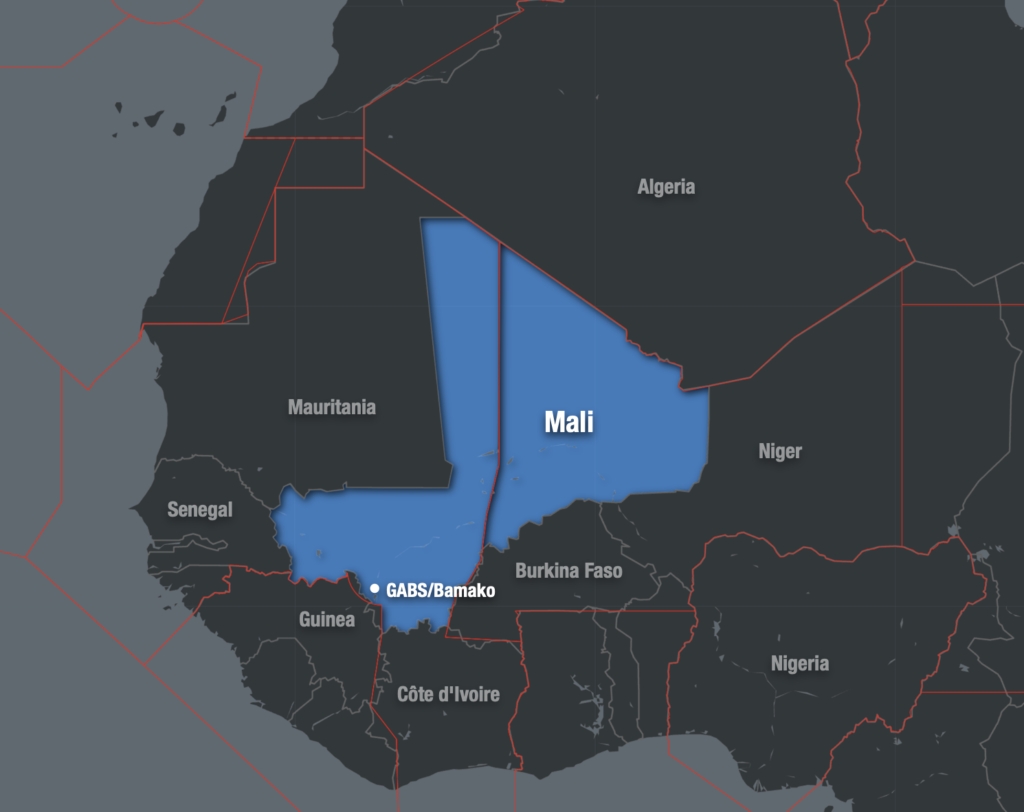
Mali’s borders (blue) do not match the FIR regions for the airspace (red).
In the past three years Mali has suffered from continuous political instability after two armed coups – the first in 2020, and then again in 2021. This has been compounded by delays in holding an election.
It was dropped from ECOWAS (Economic Community Of West African States) as a result, and has faced several international sanctions.
It has a long history of insurgent militant activity who oppose the government, along with the intervention of foreign military to try and restore peace and stability.
Despite best efforts, insurgent militia have continued to spread and strengthen in Mali allowing well funded groups such as Al Qaeda to increase their presence there. Military operations and terrorist attacks have become more frequent.
Of special concern is the fragmented tri-border region that divides Mali, Burkina Faso and Niger. It is a hotspot for fighting that targets both the existing government, along with the foreign military presence.
What has changed?
Hot on the heels of the new KICZ Notam, the FAA has published a new information note which raises major red flags to anyone considering overflights.
Historically the concern to aviation in Mali has been from militant use of MANPADs (man portable air defence system) to target low and slow flying aircraft up to FL250.
However as the transitional government continues to fight against insurgent militia, their emphasis has moved from the support of foreign peacekeeping forces to the use of private military. One in particular is of major concern – the Wagner Group.
In Spring last year, this Russian backed paramilitary group has deployed over one thousand troops in Mali near Bamako, along with an advanced radar guided air defence system capable of targeting aircraft as high as FL490. A similar system was used to shoot down MH17 in 2014.
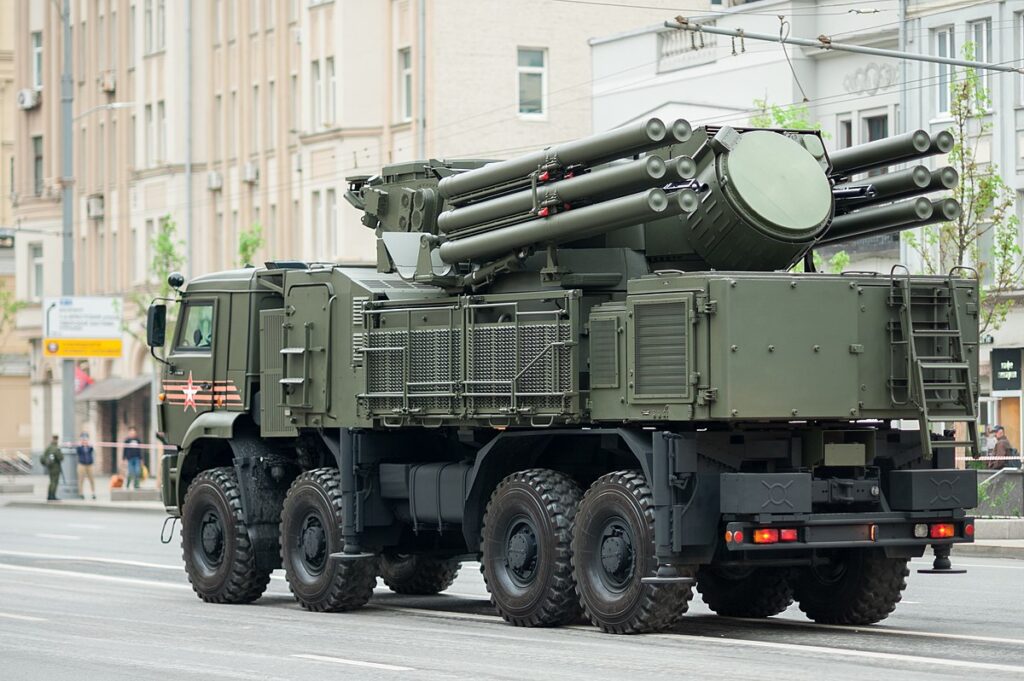
This radar guided system is now present in Mali, which can target aircraft as high as FL490.
While there may be no specific intent to target civilian traffic, the FAA suggests the Wagner Group have a sordid history of unprofessional and heavy handed air defence activity. This was previously evident in Libya, where US operators have been completely banned for some time.
What we’re now seeing in Mali is that civilian aircraft may be at far greater risk of advanced anti-aircraft fire through mistaken identity or mis-targeting, which can likely reach higher than you can fly.
The risk is now two-fold.
The existing risks are still present – militant groups continue to be active with MANPADS. They are likely to target foreign and local military forces which are often located close to international airports including GABS/Bamako.
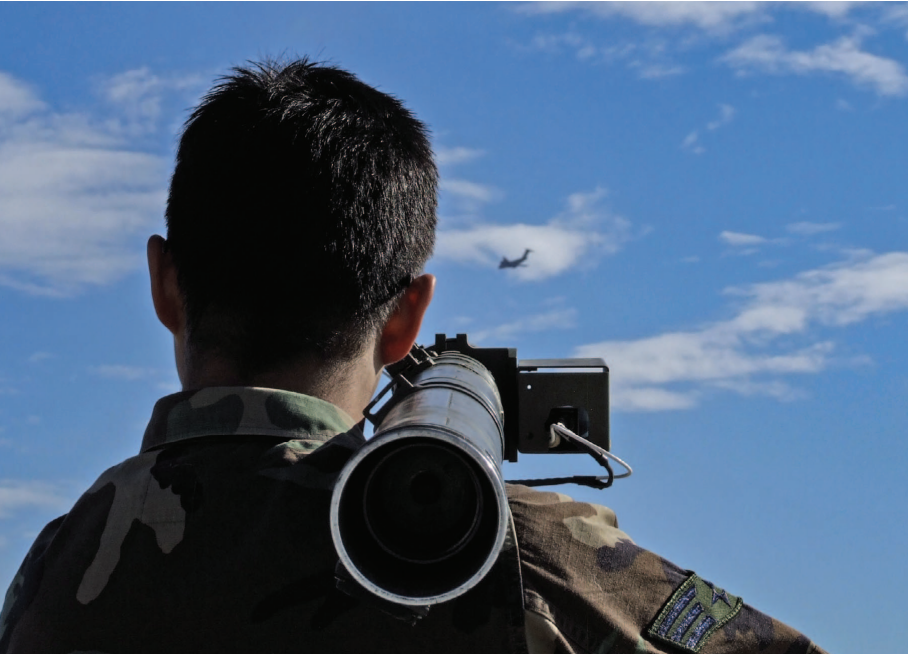
MANPADS are a known risk in Mali, and typically endanger aircraft flying low and slow. Landing and take-off are especially vulnerable times.
At higher levels, aircraft are now at risk from radar guided air defence systems that may be used with little verification that their target is correct.
It is a dangerous brew.
Why the FAA has only cautioned US operators, rather than ban them as is the case in Syria, Libya and Iran among others where similar weapons are also present is a question we don’t have an answer for yet.
We are actively seeking more information.
I still want to overfly. Can I?
Yes you can, but it’s dangerous at all levels. Once again, the new Notam is a precaution, not a ban. The new KICZ Notam allows room for you to do so, provided you:
- Take into account all current security and airspace warnings and perform your own risk assessment.
- Comply with and update your OPSPEC/LOA B450 approval to operate in internationally sensitive ares.
- Where possible, provide the FAA with at least 72 hours notice via FAA-WATCH@FAA.GOV
- Report any safety or security issues ASAP to the FAA on +1 202-267-3333.
Where to from here?
We will report on any new FAA information on the situation in Mali as it becomes available, along with any other security or risk alerts. These will be published on OPSGROUP, along with safeairspace.net – our free risk and conflict zone database.
More on the topic:
- More: Free Route Airspace in Africa
- More: Military Coup: Sudan Airspace Closed
- More: Africa ATC Strike
- More: Where have Africa’s Notams gone?
- More: Rebels Resurgent: Increasing Airspace Risk in DRC?
More reading:
- Latest: Teterboro: RIP the RUUDY SIX
- Latest: 400% increase in GPS Spoofing; Workgroup established
- Latest: GPS Spoofing WorkGroup 2024
- Safe Airspace: Risk Database
- Weekly Ops Bulletin: Subscribe
- Membership plans: Why join OPSGROUP?




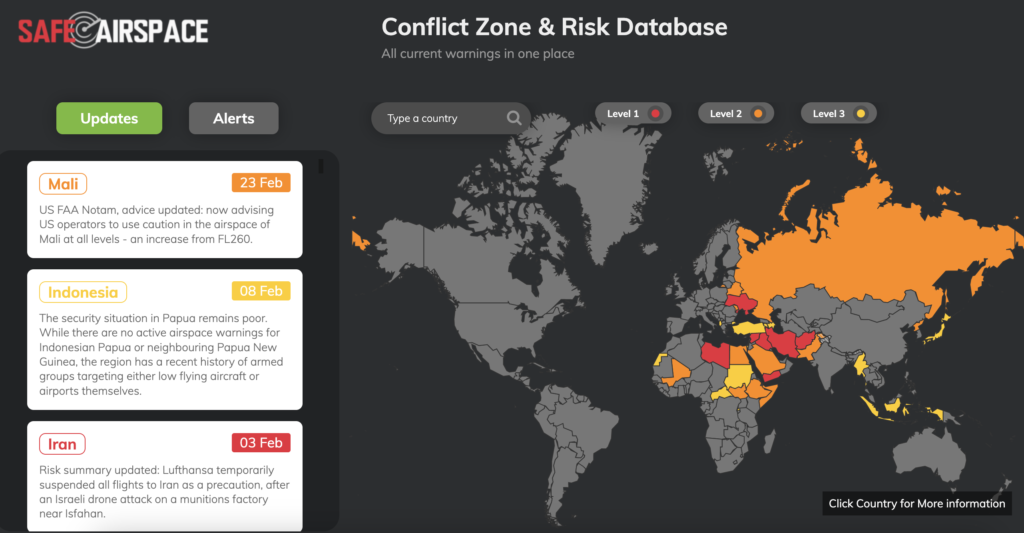







 Get the famous weekly
Get the famous weekly 





